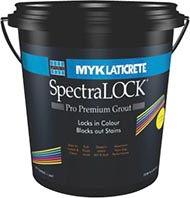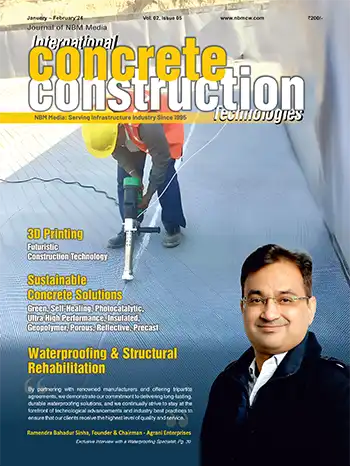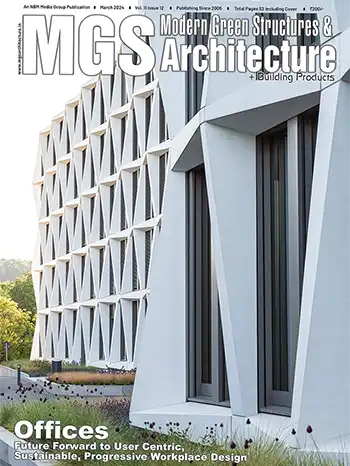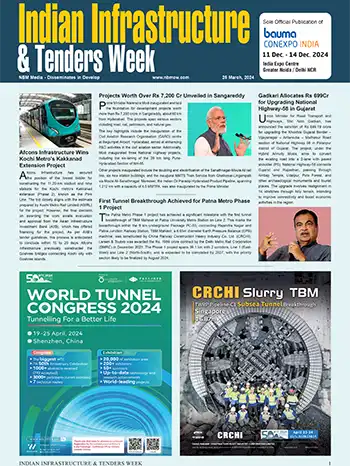Spectra LOCK® Pro Premium Grout Locks in Color Blocks out Stains
SpectraLOCK® Pro Premium Grout, launched in October 2012 is the ultimate solution designed to retain its color, structure, and block out stains forever. It requires practically zero maintenance and any stain can be simply washed off with neutral pH soap and water.
SpectraLOCK® is a patented high performance premium Grout which provides maximum non-sag perormance on walls, maximum built-up without shrinkage for floors and more coverage due to its creamy smooth consistency. It is also reinforced to ensure optimum strength and durability.
SpectraLOCK® is a patented high performance premium Grout which provides maximum non-sag perormance on walls, maximum built-up without shrinkage for floors and more coverage due to its creamy smooth consistency. It is also reinforced to ensure optimum strength and durability.
Product Laying Specification (Wall/Floor/Kitchen/Bathroom):
Ideal for Internal & External Floors and WallsApplications Areas:

- Residential & Institutional Kitchens
- Cafeterias & Food Joints
- Washrooms & clean rooms
- Swimming pools, Spa & Sauna
- Hospitals, Operation theatres, Laboratories
- Schools & Eductaional Institutes
- Podium Slabs, Drive ways & Atriums
- Terrace & Balconies
NBM&CW November 2012


















